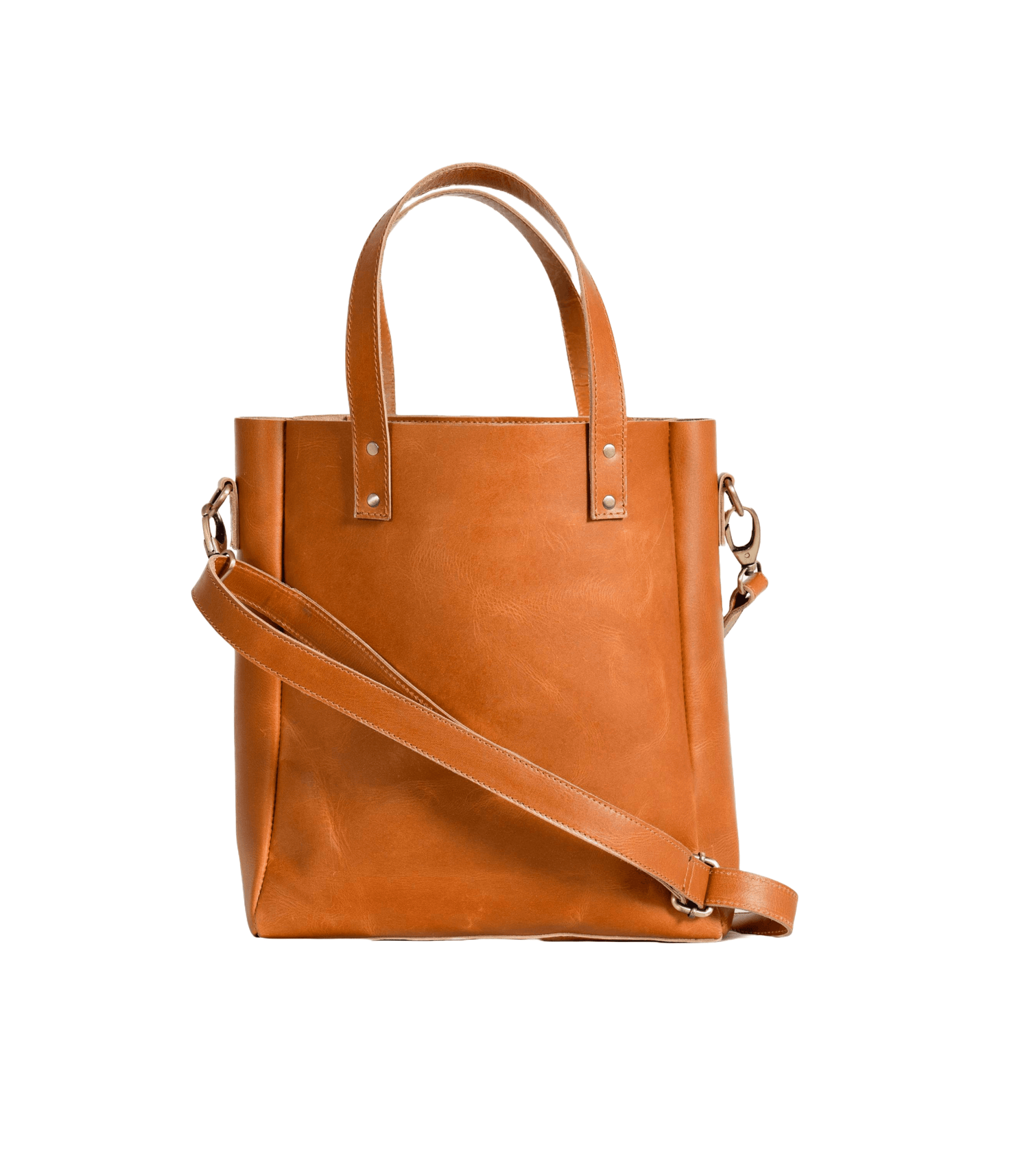
What is PU Leather? All You Need to Know About PU Leather
Share
In the world of faux leather alternatives, PU leather stands out as one of the most popular and affordable options. If you've ever come across products marketed as "vegan leather" or "synthetic leather," there's a good chance they were made of PU leather. But what exactly is PU leather, and what are its advantages and drawbacks? In this blog, we'll dive into everything you need to know about PU leather, including an FAQ section for the most common questions.
What is PU Leather?
PU leather, also known as polyurethane leather, is a synthetic material made to look and feel like genuine leather. It is created by applying a layer of polyurethane to a fabric base, often polyester, cotton, or even split leather (the lower part of genuine leather). PU leather mimics the appearance and texture of natural leather without involving animal products, making it an appealing choice for vegan and eco-conscious consumers.
How is PU Leather Made?
The process of making PU leather starts with the fabric base, which can vary depending on the desired durability and flexibility of the product. A polyurethane coating is then applied to the surface of this base, giving it the appearance of leather. Some PU leather products- leather bags, leather purses, leather laptop bags ,bags for men ,leather tote, mens leather satchel, leather wallets , leather belts , shoes etc may also have an embossed texture to replicate the grain of real leather.
Unlike other faux leather types, PU leather doesn’t use PVC (polyvinyl chloride), which contains chlorine—a chemical that can be harmful to the environment during production and disposal.
Read more blog - Nera Leather Bag | Full Grain Leather Bag
The Advantages of PU Leather
- Cost-Effective: One of the main reasons PU leather is so popular is its affordability. It’s significantly cheaper than real leather while offering a similar aesthetic.
- Vegan-Friendly: Since PU leather doesn't use animal products, it’s a preferred option for those who want a cruelty-free alternative to genuine leather.
- Wide Range of Colors and Textures: PU leather can be dyed in virtually any color, offering more versatility than real leather. Manufacturers can also emboss different textures onto PU leather to mimic various leather grains.
- Easy to Clean and Maintain: Unlike real leather, which requires specific cleaning methods, PU leather can be cleaned with just a damp cloth. It's more resistant to stains and doesn't absorb moisture as readily.
- Water-Resistant: PU leather is generally more resistant to water compared to genuine leather, which can easily get damaged by moisture.
Drawbacks of PU Leather
- Durability: PU leather tends to wear out faster than genuine leather. Over time, it can crack or peel, especially in high-use areas like shoes or furniture.
- Not Biodegradable: While PU leather avoids animal cruelty, it is made from synthetic materials that don’t decompose easily, making it less eco-friendly than sustainable leather options.
- Breathability: PU leather isn’t as breathable as genuine leather, which means it can become uncomfortable in hot conditions, especially in furniture or clothing.
- Chemical Sensitivity: Some PU leather products may give off an odor or contain chemicals that can be irritating to people with allergies.
Common Uses of PU Leather
PU leather is used across a wide range of products. You'll find it in:
- Furniture: Sofas, chairs, and headboards are often made from PU leather for an affordable, stylish look.
- Apparel: PU leather jackets, pants, and even shoes are common fashion items.
- Leather accessories :Pu Leather is very important in the fashion industry- leather crossbody, leather bags for women , leather sling bags , vegan leather bags , leather backpack purses, small leather bags , leather pocketbooks , mens leather goods , wallets, belts, and other accessories often feature PU leather.
- Automotive Upholstery: Many car interiors use PU leather for seats and trim because of its affordability and ease of maintenance.
FAQ: All About PU Leather
- Is PU Leather Real Leather? No, PU leather is a synthetic material made to look and feel like real leather. While it can contain some real leather scraps (in the case of bi-cast or split leather), the outer surface is entirely polyurethane.
- Is PU Leather Durable? PU leather is durable but not like genuine leather. While it can last for years with proper care, it is more prone to cracking, peeling, and wear over time.
- How Do I Clean PU Leather? Cleaning PU leather is simple. Wipe the surface with a damp cloth, and for more stubborn stains, you can use a mild soap solution. Avoid using harsh chemicals, as they may damage the polyurethane coating.
- Is PU Leather Waterproof? It is water-resistant but not waterproof. It can repel some moisture, but prolonged exposure to water can still cause damage.
- Is PU Leather Eco-Friendly? While PU leather is cruelty-free, it is not the most eco-friendly option due to its reliance on synthetic, non-biodegradable materials.
- Does PU Leather Smell? PU leather may have a mild synthetic odor when first purchased, but this typically fades over time. If the smell lingers, you can try airing out the item or using odor-neutralizing products.
Conclusion
PU leather is an excellent alternative to genuine leather if you’re looking for an affordable, versatile, and cruelty-free material. While it does have its limitations in terms of durability and environmental impact, PU leather’s wide range of applications and easy maintenance make it a popular choice for everything from furniture to fashion.
#PULeather #VeganLeather #SyntheticLeather #EcoFriendlyFashion #LeatherAlternatives #PULeatherCare #FauxLeather #SustainableFashion #AffordableLeather #VeganStyle #PULeatherFurniture



